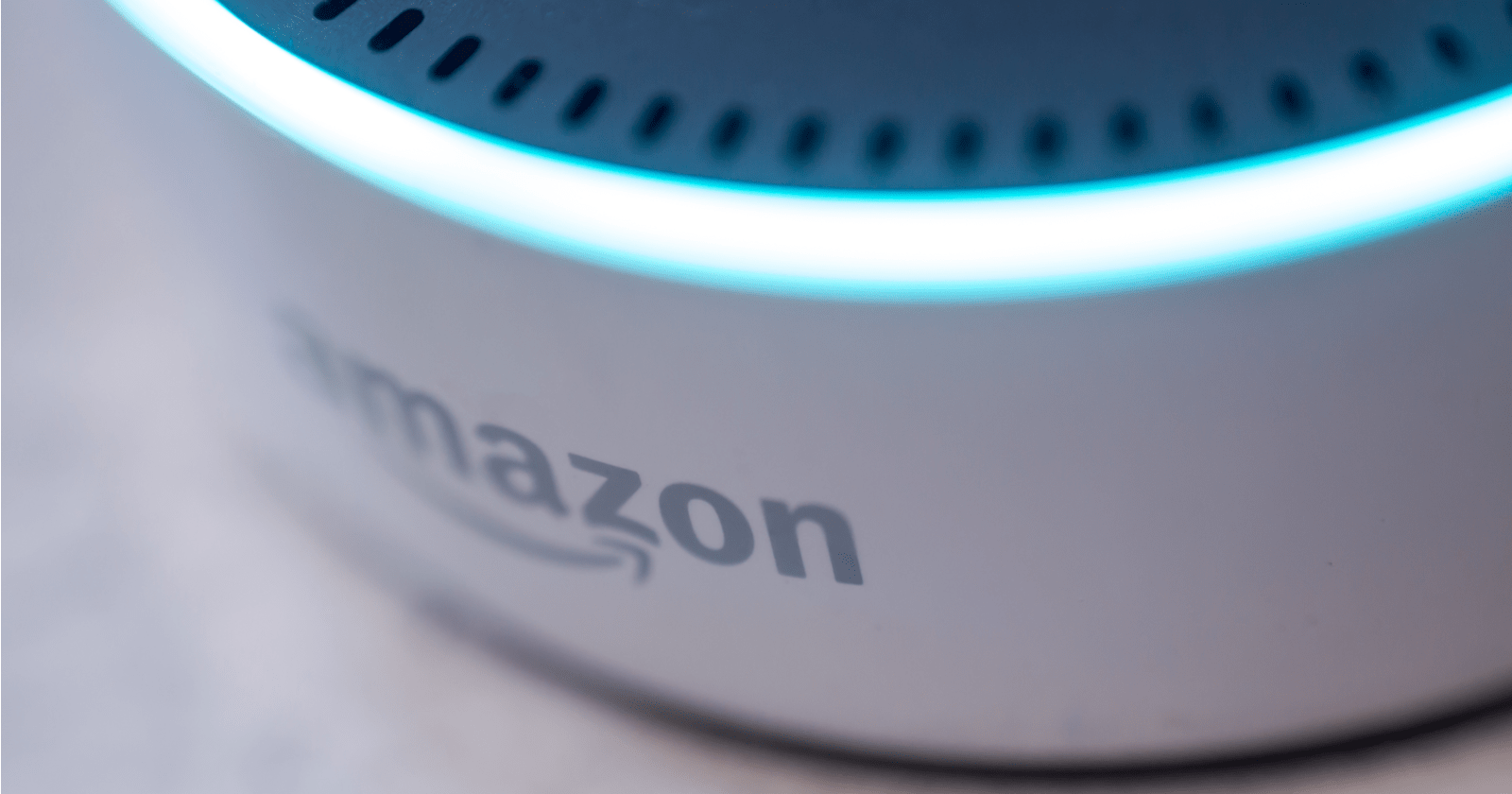Amazon introduced Echo Show and its seven-inch touchscreen in June to allow Alexa to “show you things” like movie trailers, music lyrics, recipes and weather forecasts. The newer Echo Spot, which will be available in December, is a smaller, circular version that displays similar voice-enabled visuals.
Meanwhile, a peek inside the code of the latest Google app update seems to confirm reports Google Home is getting a touchscreen. Facebook is also reportedly working on its own voice-enabled device with a screen and there has been speculation Apple’s HomePod, the smart speaker that will be released in December, could get support for touchscreens prior to its release.
Voice Search Optimization
If these reports are true, the lines between voice- and text-based search are about to blur further as voice queries on a range of smart speakers won’t be limited to verbal answers.
And while the #1 voice search optimization tip to date has been to get into the Answer Box in order to be the sole answer read aloud, a screen theoretically re-expands the answer universe beyond Position 0.
At the same time, Pete Meyers, marketing scientist at SEO tools firm Moz, noted optimizing for featured snippets pays off on desktop and mobile as well, so aiming for the Answer Box is a sound strategy regardless.
“That snippet is Position #0 on desktop results…, [it] dominates mobile and is the only answer for voice,” he said. “So, even if voice doesn’t pan out or we’re not clear on the benefit, we still win.”
The Voice/Screen Relationship Remains TBD
While it’s still early days in voice search, it’s even earlier days in voice with screens – at least on smart speakers.
In fact, Meyers said we’re seeing the “inevitable device arms race” in which Amazon added a screen, so Google will add one, too, etc., etc.
“It’s an emerging market and consumers don’t really know what they want yet, so companies are going to have to take some risks and try a wide range of devices,” he said.
These screens add functionality in some cases, like Amazon’s Echo Spot, which Meyers likened to a “techie alarm clock,” but he said whether consumers are willing to pay $130 for an alarm clock remains to be seen.
“I have much more difficulty seeing a place for Echo Show long term. This is, essentially, a voice-enabled tablet on a stand,” Meyers added. “As voice on tablets becomes ubiquitous, I’m not sure what niche Show is filling. I suspect Amazon knows this, but has to test the waters and found out the deep and shallow areas of consumer demand.”
For his part, Patrick Reinhart, senior director of digital strategies at SEO and content marketing platform Conductor, anticipates new devices will hit the market as voice becomes more prevalent – and the technology will be built more into everyday devices – and consumers will determine the right balance.
“As with anything these days, I don’t think there is a one-size-fits-all for this technology and as more and more devices become voice-enabled, we are going to start to see some interesting combinations,” he said. “If I had to look into the future a bit, I would say that a watch is more than likely the screen that most will land on, and a necklace/earring/filling as the microphone that [they] will speak in to. To take it a step further, glasses/contact lenses are the link to AR, which is the next step. We are at V1 of all of these devices, so as things progress, we will see people get creative [as they integrate the technology].”
Indeed, Meyers said, “things are going to get crazy before they settle.”
If the screen is phone- or tablet-sized, Meyers strongly suspects Google will use a standard mobile search results format – but devices with screens may still read voice answers and if the user isn’t paying attention, he noted that’s the only answer they’ll get.
Further, Mike Grehan, chief marketing officer at search agency Acronym, noted a voice-activated query followed by an audible answer every time for every query is a sub-optimal experience.
“What if the answer is too long to remember?” Grehan asked. “And what if I ask about a very sensitive or personal subject – I probably would prefer that on the screen than Siri shouting it out.”
It’s harder to tell how this will play out with Amazon devices, however, as any screen-based result format it develops will be unique, Meyers added.
No matter how it shakes out, Grehan said the screen is nothing more than a utility to enhance the user experience and the marketing community should remember to spend less time thinking about how it can force advertising messages into consumers’ lives and more time thinking about how it can help potential future customers earlier in the lifecycle.
And then there’s the issue of monetization. Search engines haven’t been overly candid about how they plan to capitalize on voice results and plenty of challenges remain.
Meyers, however, said screens could buy Google some time to solve the voice ad problem as it leans on its existing experience with ads on small screens.
Multi-Device Search
But perhaps more than anything, experimentation with screens on voice-enabled devices means the market has more pieces to work with in order to make search flow smoothly across devices.
“If you say, ‘OK, Google…’ in front of both an Android phone with Google Assistant and Google Home, for example, the two devices will decide which one should answer – usually Google Home,” Meyers said. “You can play YouTube videos on Google Home now, even without a screen, by setting it up to work with [media streaming device] Chromecast. I firmly believe Chromecast is an experiment in cross-device search. You can search for a recipe on mobile and then send it to Google Home to read you step-by-step instructions while you’re in the kitchen. This is only the beginning.”
In other words, eventually, ++consumers will be able to swipe a screen or tap a button and move an experience to whatever device they choose.
“The future isn’t screens on everything — it’s a multi-device world where search and app experiences can be passed seamlessly to the best device for the job,” Meyers added.
And this means marketers could be moving closer to solving the problem of cross-device attribution.
“We pretend that we have two audiences – desktop and mobile – and these are separate circles that don’t overlap. This is simplistic to the point of being idiotic,” Meyers said. “What we have in reality is customers who travel seamlessly across devices – and have for a while – to do research and make purchases. We’re a long way from understanding that journey and it’s important that we figure it out.”
While Google is clearly in a strong position here, Apple has the potential to do something similar since it controls the operating system across multiple devices and has Apple TV.
But, Meyers said, it’s going to be a much bigger challenge for Amazon and Facebook because they don’t own the operating system for any devices but their own and will instead have to rely on apps.
Image Credit
Featured Image: Cathy Hargreaves / Shutterstock.com





